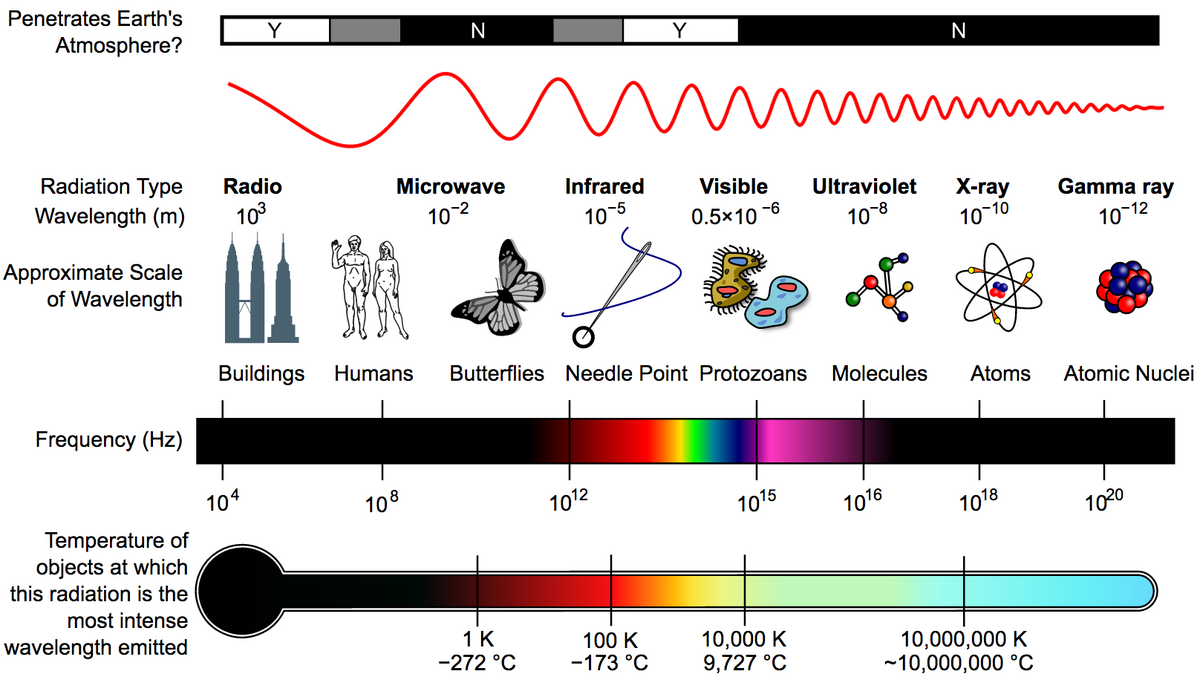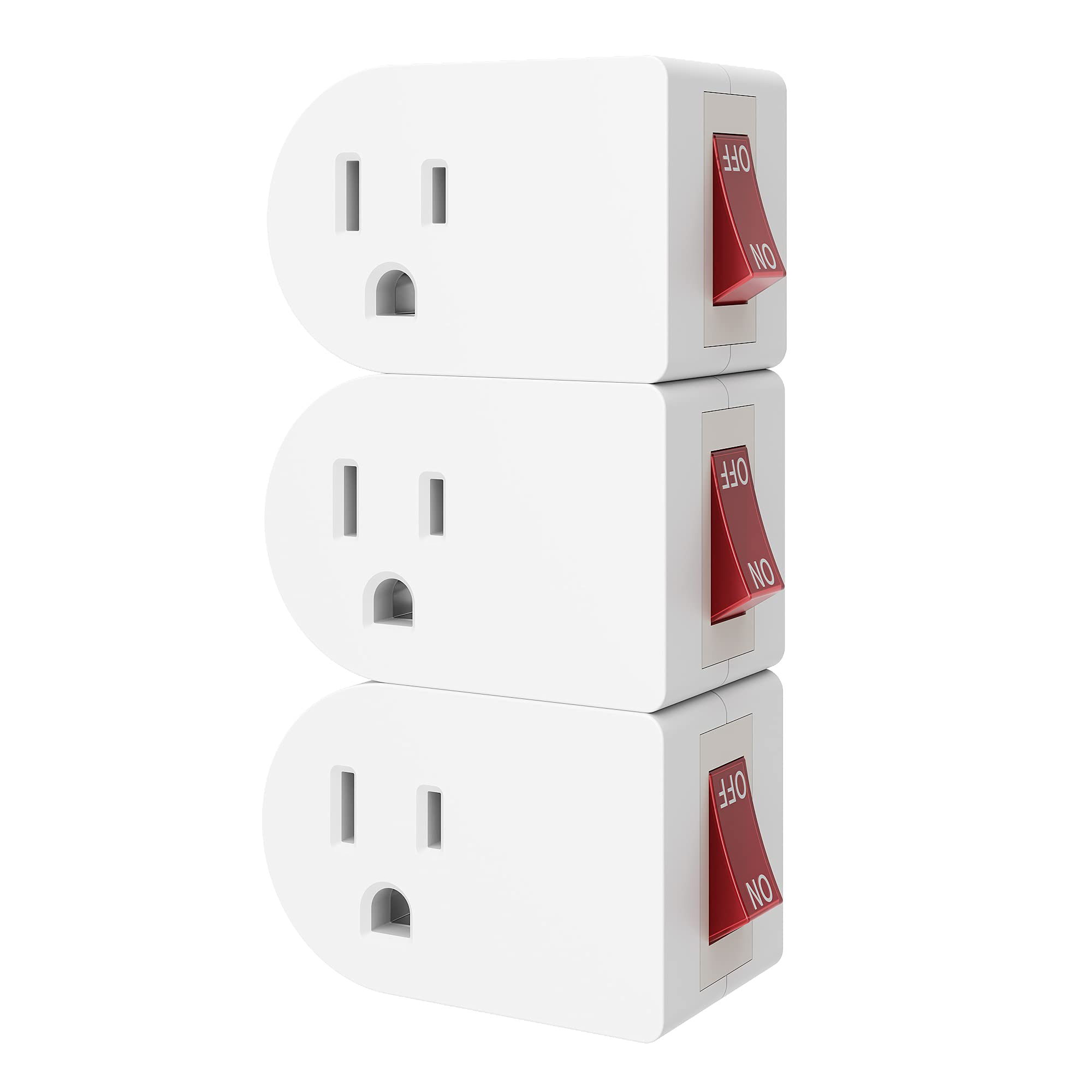Having trouble with your prosound wireless microphone? Look no further! I’ll guide you through troubleshooting and fixing common issues. Let’s get started!
Troubleshooting Static and Interference

1. Check your audio signal: Ensure that your microphone is properly connected to the sound reinforcement system. Make sure the microphone is turned on and the battery is charged. If you’re experiencing static or interference, try replacing the battery with a fresh one.
2. Analyze the frequency: Use a frequency analysis tool or software to check the frequency of your wireless microphone. Look for any overlapping frequencies or nearby signals that could be causing interference. Adjust the frequency of your microphone to a clear channel that is not being used by any other devices or signals.
3. Minimize external interference: Keep your wireless microphone away from other electronic devices, such as radios, televisions, or computer hardware. These devices can generate electromagnetic interference that could disrupt the signal. Also, avoid placing your microphone near large metal objects or walls, as they can block or weaken the signal.
4. Check for intermodulation: Intermodulation occurs when two or more wireless signals interfere with each other, causing distortion or static. If you have multiple wireless microphones in use, make sure their frequencies are properly spaced apart to avoid intermodulation. Refer to the user manual or contact the manufacturer for guidance on setting up multiple wireless microphones without interference.
5. Update your firmware: If you’re using a digital wireless microphone system, check for firmware updates from the manufacturer. Updating your firmware can often resolve compatibility issues and improve the overall performance of your wireless microphone.
6. Consider using a different communication channel: In some cases, switching to a different communication channel can help reduce interference. Consult the user manual or contact the manufacturer for instructions on changing the channel.
7. Consult with professionals: If you’ve tried the above steps and are still experiencing static or interference issues, consider reaching out to professionals or contacting the manufacturer’s technical support team for further assistance. They may be able to provide additional troubleshooting tips or recommend specific solutions for your situation.
Managing Channel Changes and Power Issues

When troubleshooting and fixing prosound wireless microphone issues, it’s important to know how to effectively manage channel changes and power issues. These two factors can greatly impact the performance and reliability of your wireless microphone system.
One common issue that may arise is interference from other devices or nearby wireless systems. To address this, try changing the channel on your wireless microphone receiver. This can help you find a clearer frequency that is less prone to interference. Additionally, make sure to keep your wireless microphone receiver away from other electronic devices that may cause interference, such as digital televisions or radios.
Power issues can also affect the performance of your wireless microphone system. If you’re experiencing power-related problems, first check the batteries in your wireless microphone and receiver. Make sure they are properly inserted and have enough charge. If the batteries are old or weak, replace them with fresh ones.
In some cases, using rechargeable batteries can be a cost-effective solution. Just make sure to regularly charge them to ensure optimal performance. If you prefer using disposable batteries, consider investing in high-quality brands like Shure, as they tend to provide better longevity and reliability.
Another aspect to consider is the audio signal and bandwidth. It’s important to ensure that your wireless microphone system is operating within the appropriate frequency range. The Federal Communications Commission (FCC) has designated certain frequency bands for wireless microphone use, so make sure your system is within these guidelines.
If you’re experiencing latency issues or poor audio quality, perform a frequency analysis to identify any potential sources of interference. This can help you determine if there are any overlapping signals or if there is too much attenuation in the signal.
Lastly, if you’re using a wireless microphone system that utilizes infrared technology for synchronization, make sure there is a clear line of sight between the transmitter and receiver. Any obstructions can disrupt the signal and cause syncing issues.
Addressing Antenna and Signal Blockage
When troubleshooting and fixing prosound wireless microphone issues, it is important to address any antenna and signal blockage problems that may be causing disruptions in audio quality. Here are some direct instructions to help you with this specific issue:
1. Check antenna placement: Ensure that the antennas of your wireless microphone system are properly positioned and have a clear line of sight to the receiver. Make sure they are extended fully and not obstructed by any objects or walls. Adjust the antenna angles if needed for optimal signal reception.
2. Avoid interference sources: Identify and eliminate any potential sources of interference that may be causing signal blockage. These could include other wireless devices, digital television signals, or even nearby radio stations. Move away from these sources or switch to a different frequency band if possible.
3. Use high-quality antennas: Consider upgrading your antennas to higher-gain or directional antennas. These types of antennas can improve signal strength and reduce the chances of signal blockage caused by obstacles or interference.
4. Perform a frequency scan: Use the frequency scanning feature on your wireless microphone system to find a clear and interference-free frequency. This will help minimize the chances of signal blockage and improve overall audio performance.
5. Check for signal attenuation: If you notice a significant drop in signal strength, check for any attenuation factors such as distance from the receiver, obstructions, or interference sources. Address these issues by adjusting the antenna placement or using additional signal amplification devices if necessary.
6. Consider using diversity reception: If your wireless microphone system supports diversity reception, enable this feature. Diversity receivers use multiple antennas to enhance signal reception and minimize the impact of antenna and signal blockage.
7. Consult with experts: If you have tried the above steps and are still experiencing antenna and signal blockage issues, it may be helpful to consult with professionals or experts in the field. They can provide additional guidance specific to your setup and offer solutions tailored to your needs.
Understanding Brands and Copyright Concerns

When troubleshooting and fixing prosound wireless microphone issues, it is important to consider the brands and copyright concerns associated with these devices. Brands such as Shure have established themselves as leaders in the industry, and their products often come with specific instructions and troubleshooting guides that can be helpful in resolving issues.
One common concern when dealing with wireless microphones is latency, which refers to the delay between the sound being produced and its reproduction through the sound reinforcement system. This can affect the overall performance and quality of the audio, so it is important to ensure that the system is properly set up and calibrated to minimize latency.
Another consideration is the radio receiver used with the wireless microphone. Different brands and models may have specific compatibility requirements, and it is important to ensure that the receiver is properly tuned and set up to receive the signal from the microphone.
When troubleshooting wireless microphone issues, it is also important to consider any potential interference from other devices. This can include digital televisions, radios, or other wireless devices operating on similar frequencies. If interference is suspected, it may be necessary to adjust the frequency or switch to a different channel to minimize the impact.
In some cases, issues with wireless microphones may be related to bandwidth limitations. Bandwidth refers to the range of frequencies that can be transmitted and received by a device. If the bandwidth is exceeded, it can result in signal degradation or loss. It is important to ensure that the microphone and receiver are operating within the specified bandwidth limits.
Additionally, it is important to be aware of any copyright concerns when using wireless microphones. The Federal Communications Commission (FCC) regulates the use of wireless microphones to prevent unauthorized transmission and ensure compliance with copyright laws. Make sure to familiarize yourself with the FCC regulations and obtain the necessary licenses or permissions if required.
To troubleshoot and fix prosound wireless microphone issues, follow these steps:
1. Check the brand-specific troubleshooting guide provided by the manufacturer, such as Shure’s troubleshooting guide.
2. Verify that the radio receiver is properly tuned and set up to receive the microphone signal.
3. Minimize latency by properly setting up and calibrating the sound reinforcement system.
4. Check for potential interference from other devices operating on similar frequencies.
5. Ensure that the microphone and receiver are operating within the specified bandwidth limits.
6. Familiarize yourself with copyright regulations and obtain any necessary licenses or permissions from the FCC.
F.A.Q.
Why is my karaoke microphone not working?
Your karaoke microphone may not be working because of connection issues. Make sure it is securely plugged into the appropriate port on the karaoke machine. If the problem continues, try using a different microphone to determine if the issue lies with the original microphone.
Why is my wireless microphone not working?
Your wireless microphone may not be working because of an issue with the battery. Check the battery level and condition, and replace it with a fresh one if necessary. Make sure the battery is inserted correctly.

